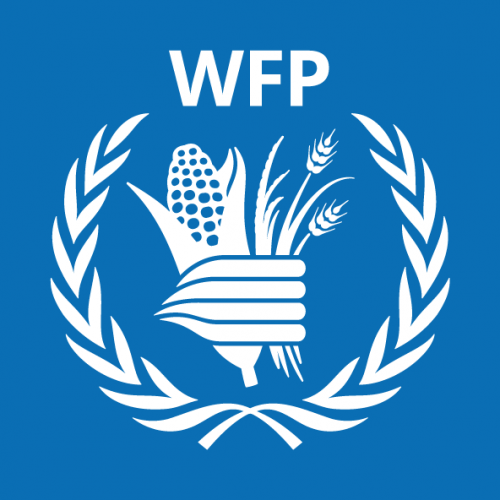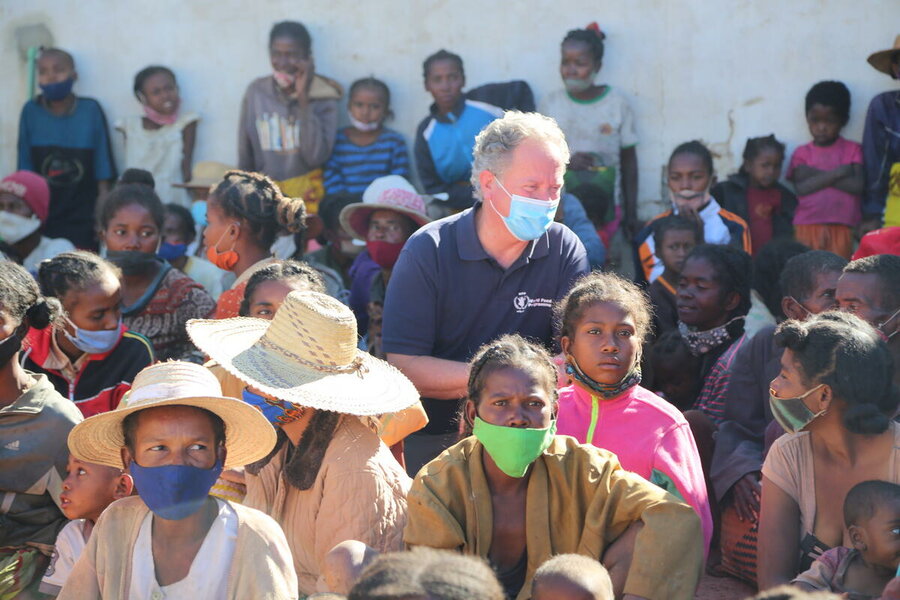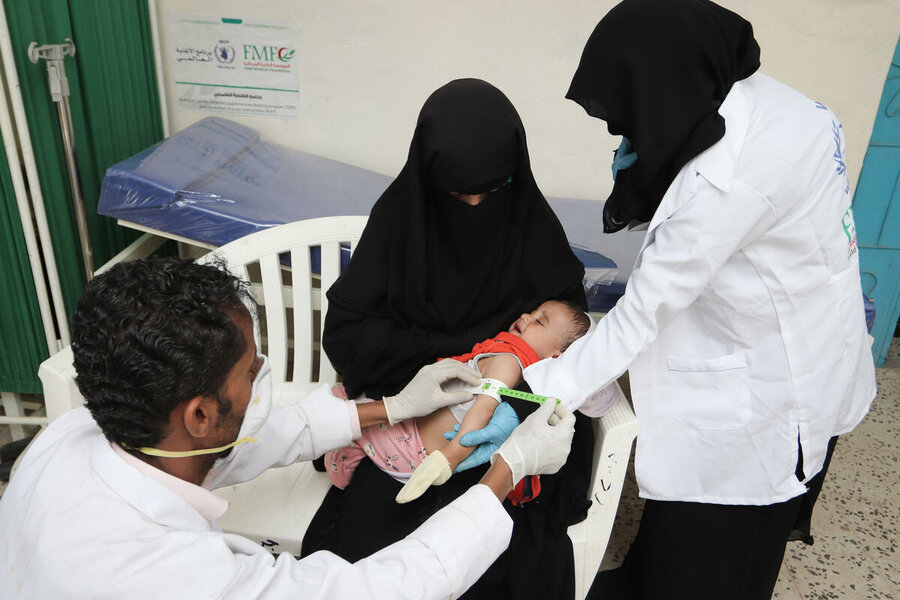Full Text Sharing

https://www.wfp.org/stories/42-million-people-are-knocking-famines-door-...
Releated article: UN: Millions more people on the ′edge of famine′ | News | DW | 08.11.2021
A total 45 million people are on the brink of famine across 43 countries and the slightest shock will push them over the edge, the World Food Programme (WFP) warned today (8 Nov).
This number has risen from 42 million earlier in the year and 27 million in 2019.
An instant cash injection of US$7 billion would reel them back from the precipice, by providing a meal a day for each person for the next year. Without immediate emergency food assistance, they face starvation.
Governments are struggling to keep pace with growing needs, which is why WFP has been calling upon wealthy individuals to also step up on a one-time basis and help meet basic emergency food needs for people literally on the verge of starvation.
Issuing an urgent rallying call, WFP Chief Executive David Beasley said: “US$7 billion to help 45 million people that are literally going to die if we don't reach them. It's not complicated.
"While COVID is undeniably exacerbating fragility around the world, manmade conflict is driving instability and powering a destructive new wave of famine that threatens to sweep the world. The toll being paid in human misery is unimaginable.”
Afghanistan is becoming the world’s largest humanitarian crisis, with the country's needs surpassing those of the other worst-hit countries — Ethiopia, South Sudan, Syria and even Yemen.

A total 22.8 million people now face acute food insecurity in Afghanistan according to the latest IPC assessment — a global standard for assessing food insecurity — including 8.7 million facing emergency levels of food insecurity (IPC phase 4). New figures expected in the coming days are likely to show the situation has worsened even further.
WFP has never seen this many people facing emergency levels of food insecurity in the country, in the 10 years that the UN has been conducting IPC analyses.
Across the world, 15 million more people are at risk of starvation than was the case before the COVID-19 pandemic.
The slightest shock — be it extreme weather linked to climate change, conflict, or the deadly interplay of both hunger drivers — may push tens of millions of people into irreversible peril, a prospect WFP has been warning of for more than a year.
WFP is undertaking the biggest operation in its history, targeting 139 million people this year. But there are immense hurdles. In 2020 extreme weather displaced 30 million people, while conflict displaced 10 million — figures that in tandem with the cost of responding are only expected to rise.
WFP Chief Economist Arif Husain explained how spiralling costs were affecting the organization's work and required urgent cash support.
"Food procurement prices are up 21 percent from a year ago — US$300 million more if we bought the same amount of food as last year,” he said. “Transport costs are through the roof because of high fuel prices — a container that cost US$1,000 a year ago now costs US$4,000 or even more.”
Updated figures due out this week are likely to paint an even bleaker picture of people in need, said Husain: "Don’t expect these numbers to go down unless we solve the conflicts, climate crises and economic fallout of COVID-19. I grieve when any child is harmed and we work every single day to give millions of children hope and a future."
WFP is uniquely positioned to stop famine in its tracks, and steer people away from the edge of starvation, with a deep-field presence, operations in over 80 countries and cutting-edge expertise acquired over decades fighting hunger.

The most powerful tool that WFP can deploy to save lives in the face of famine is emergency food assistance. This will remain critical to mitigate or avert the direct effects of food insecurity and famine in the short term.
To eliminate the threat of starvation and prevent famine entirely requires longer term and more complex interventions, including processes to strengthen education, nutrition, livelihood resilience and social protection systems.










Add new comment